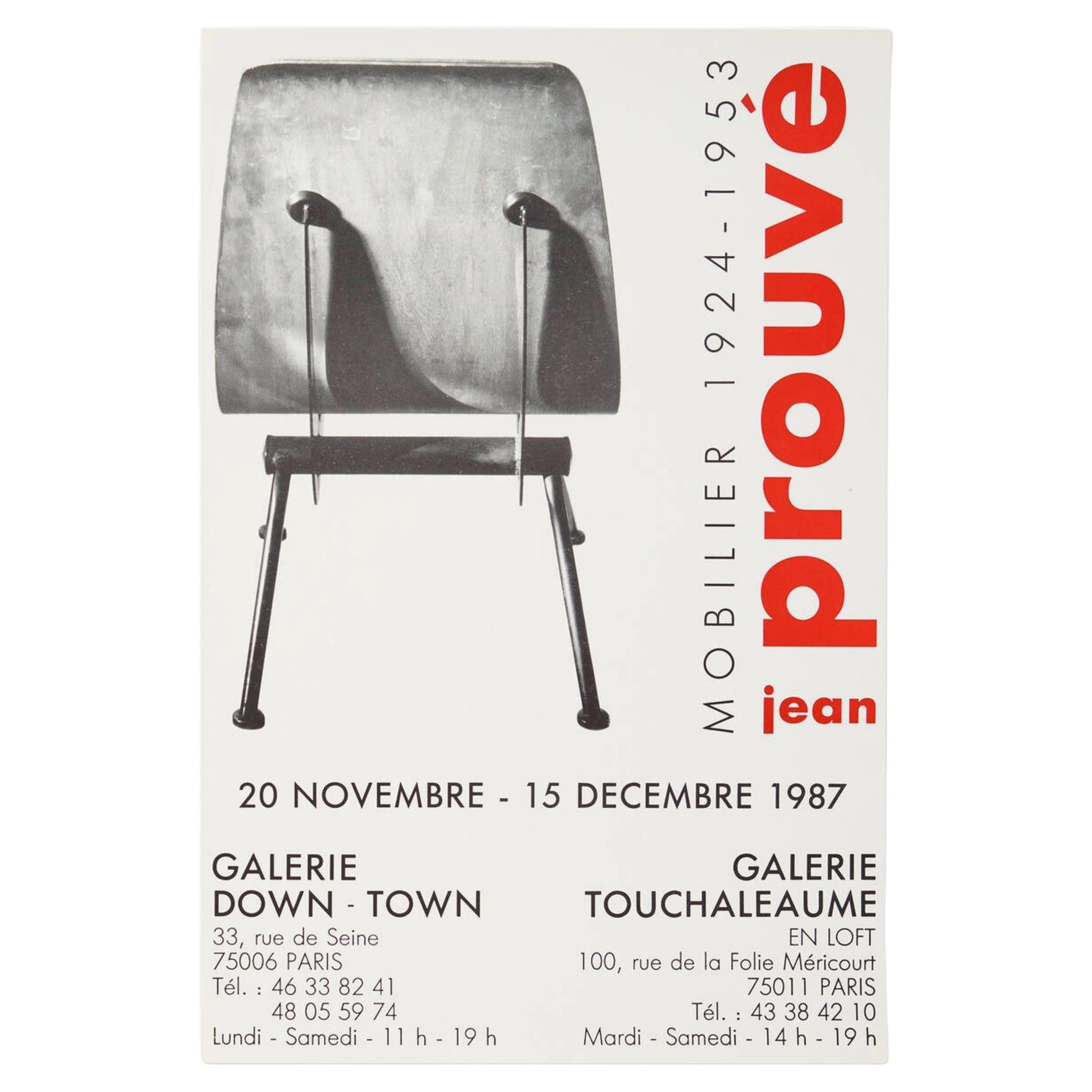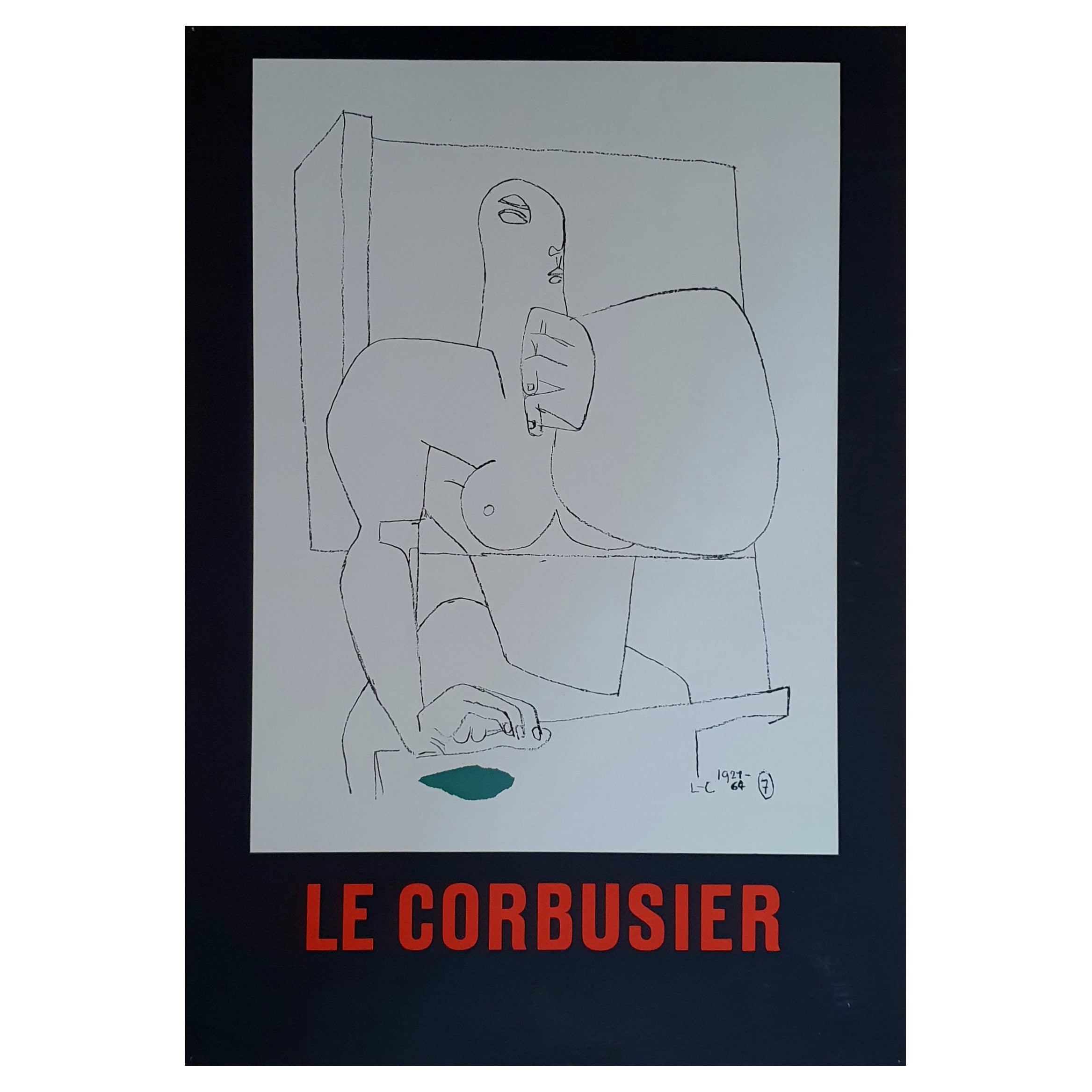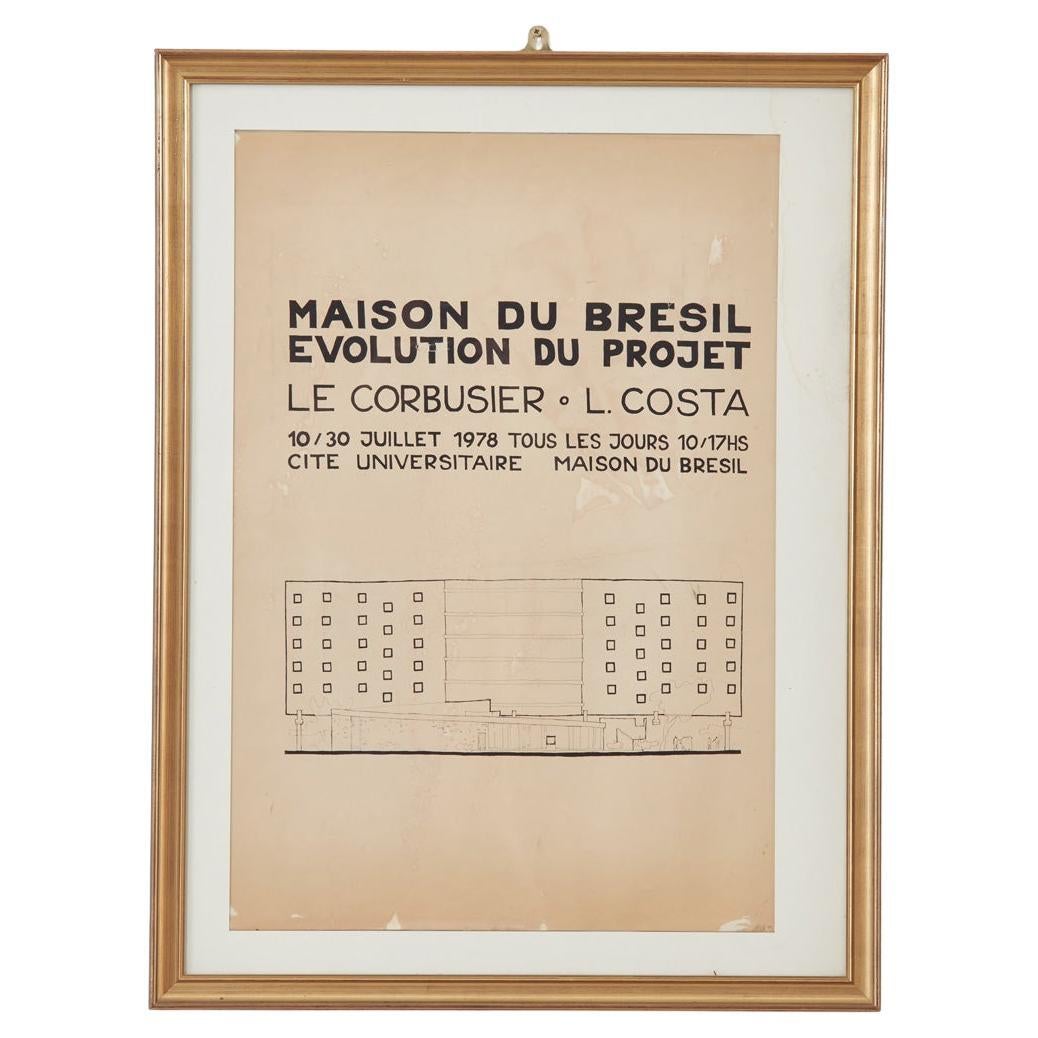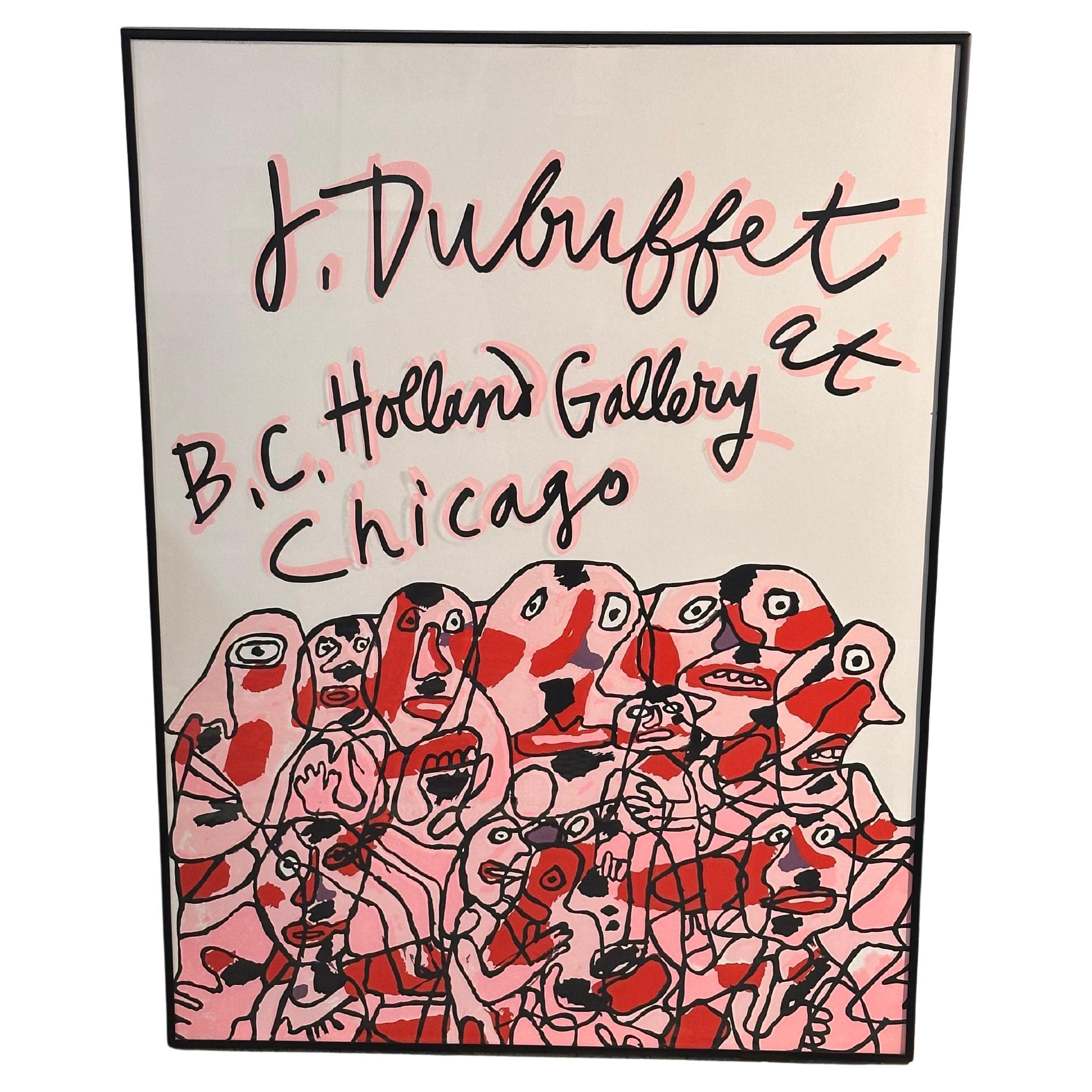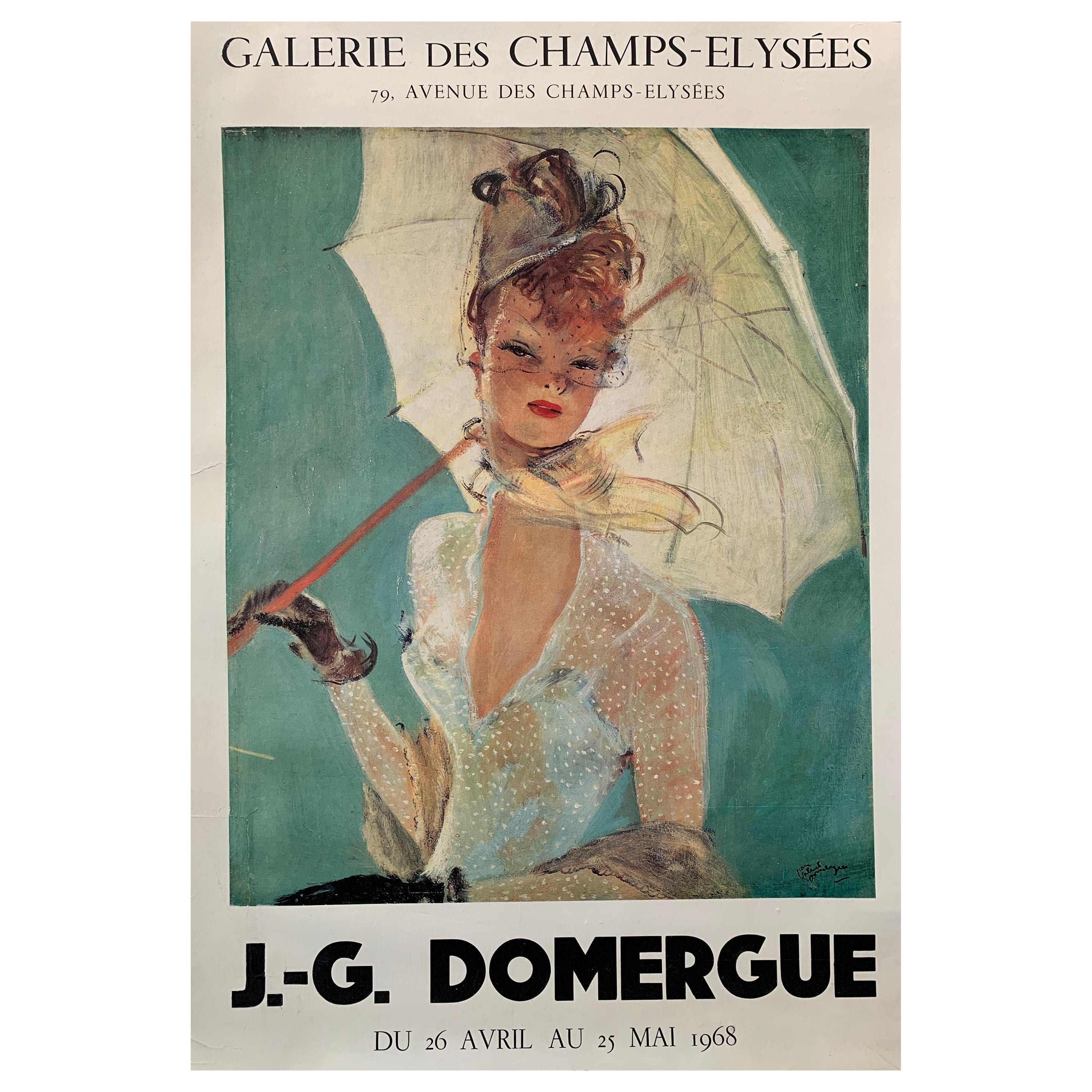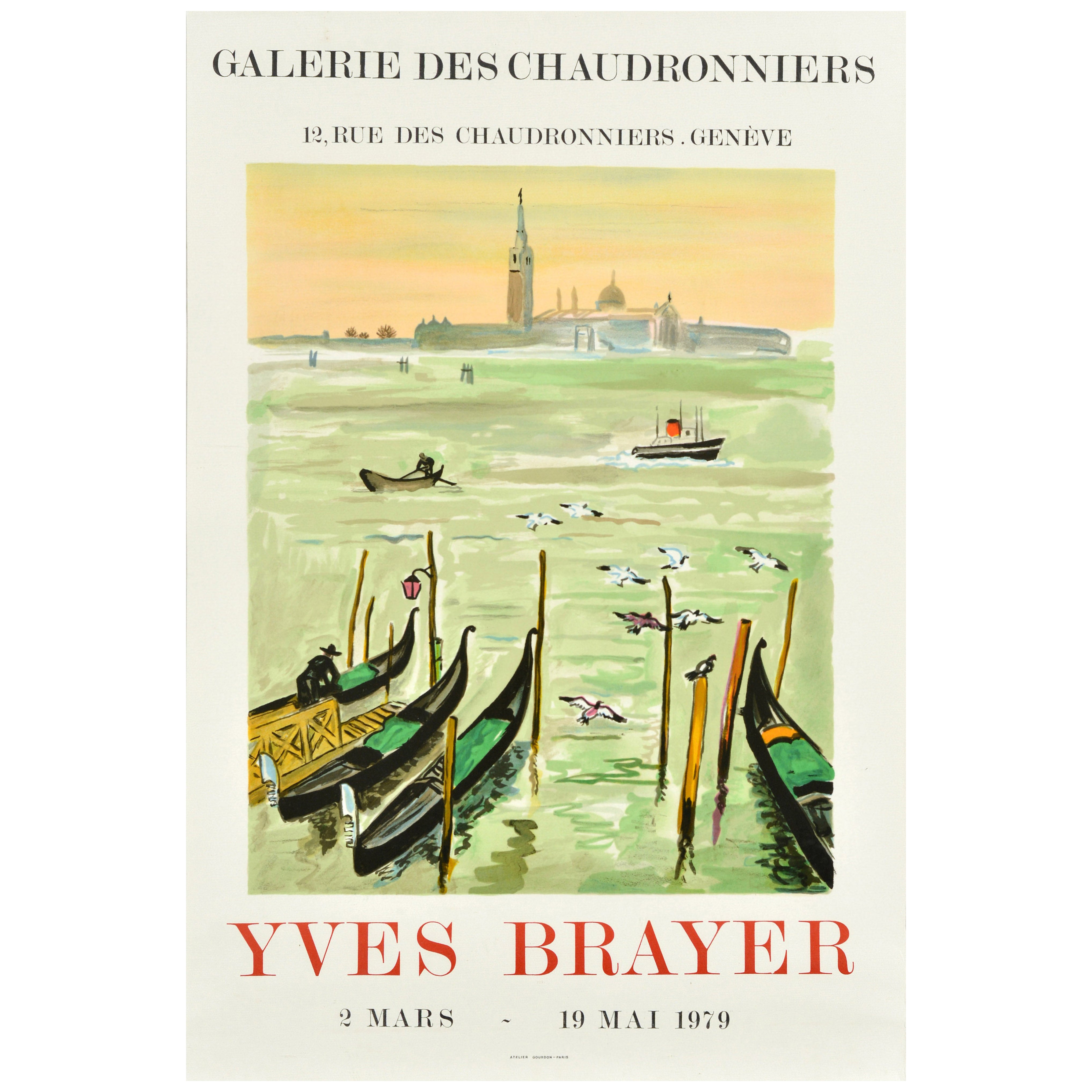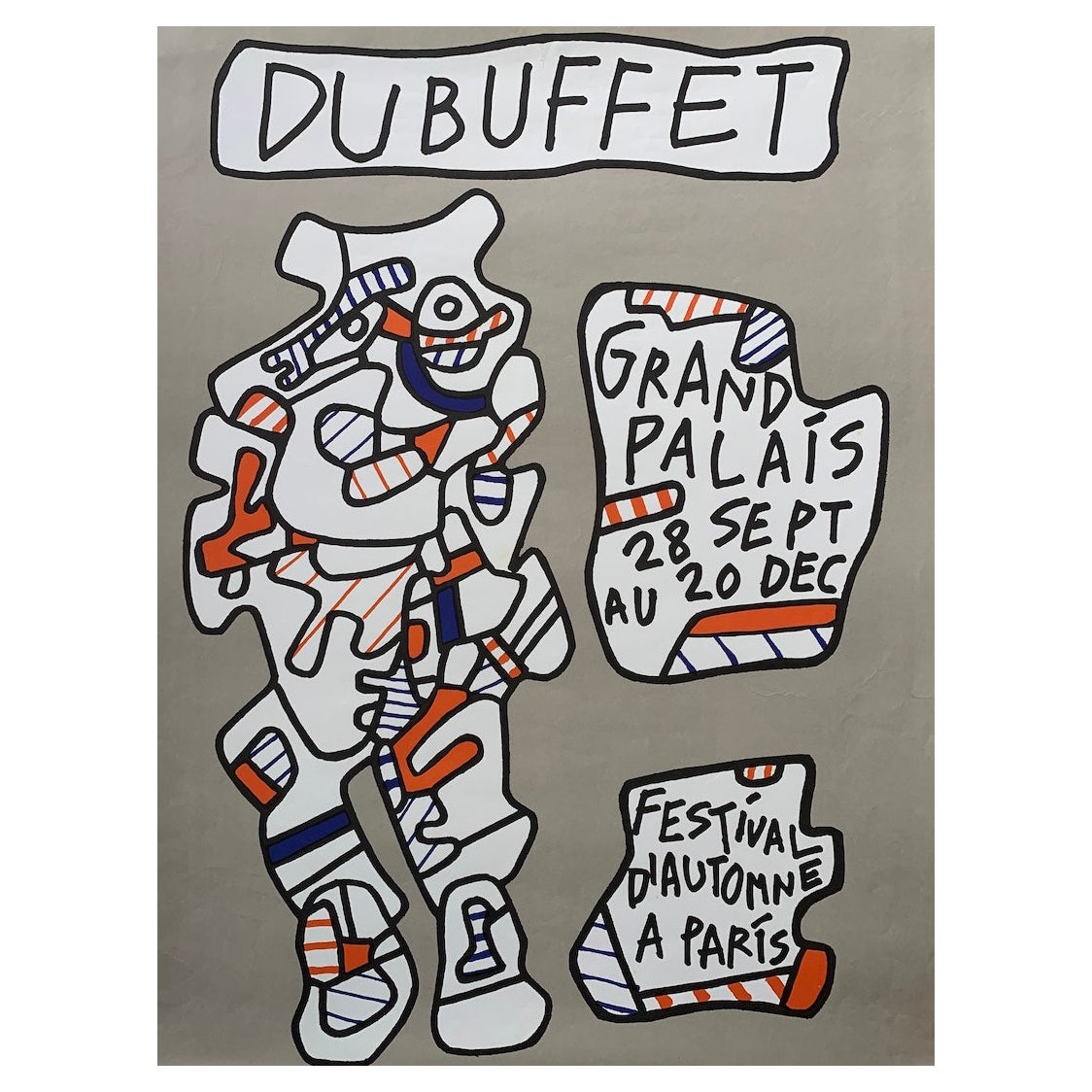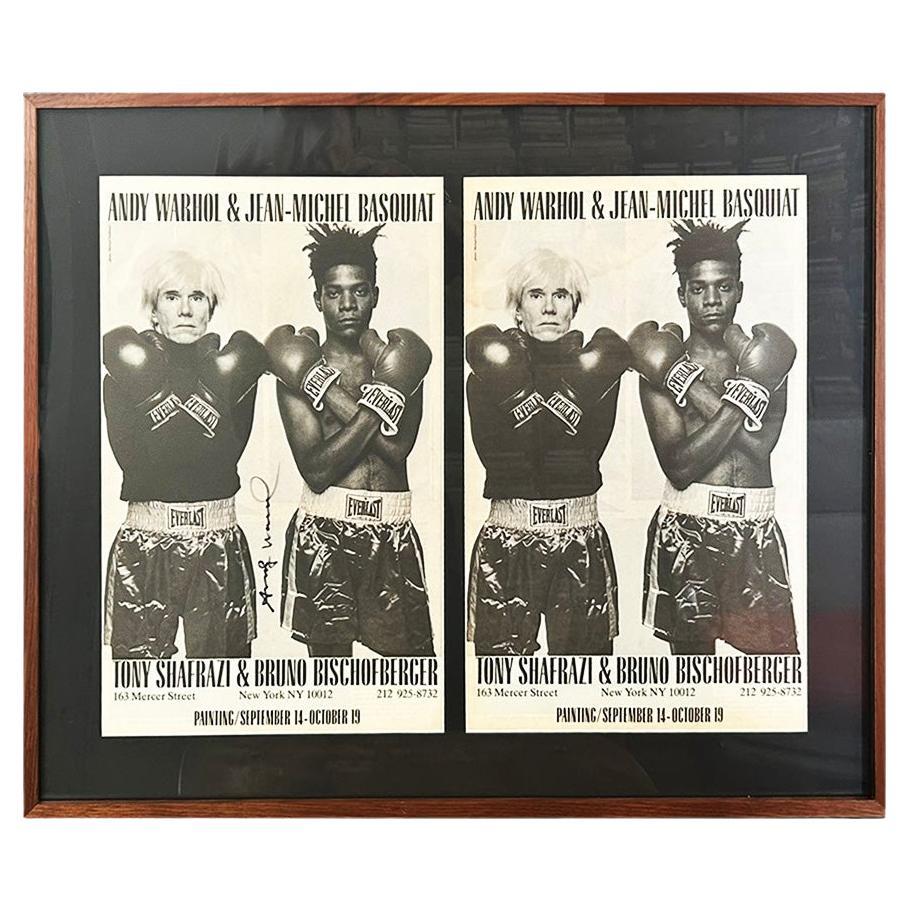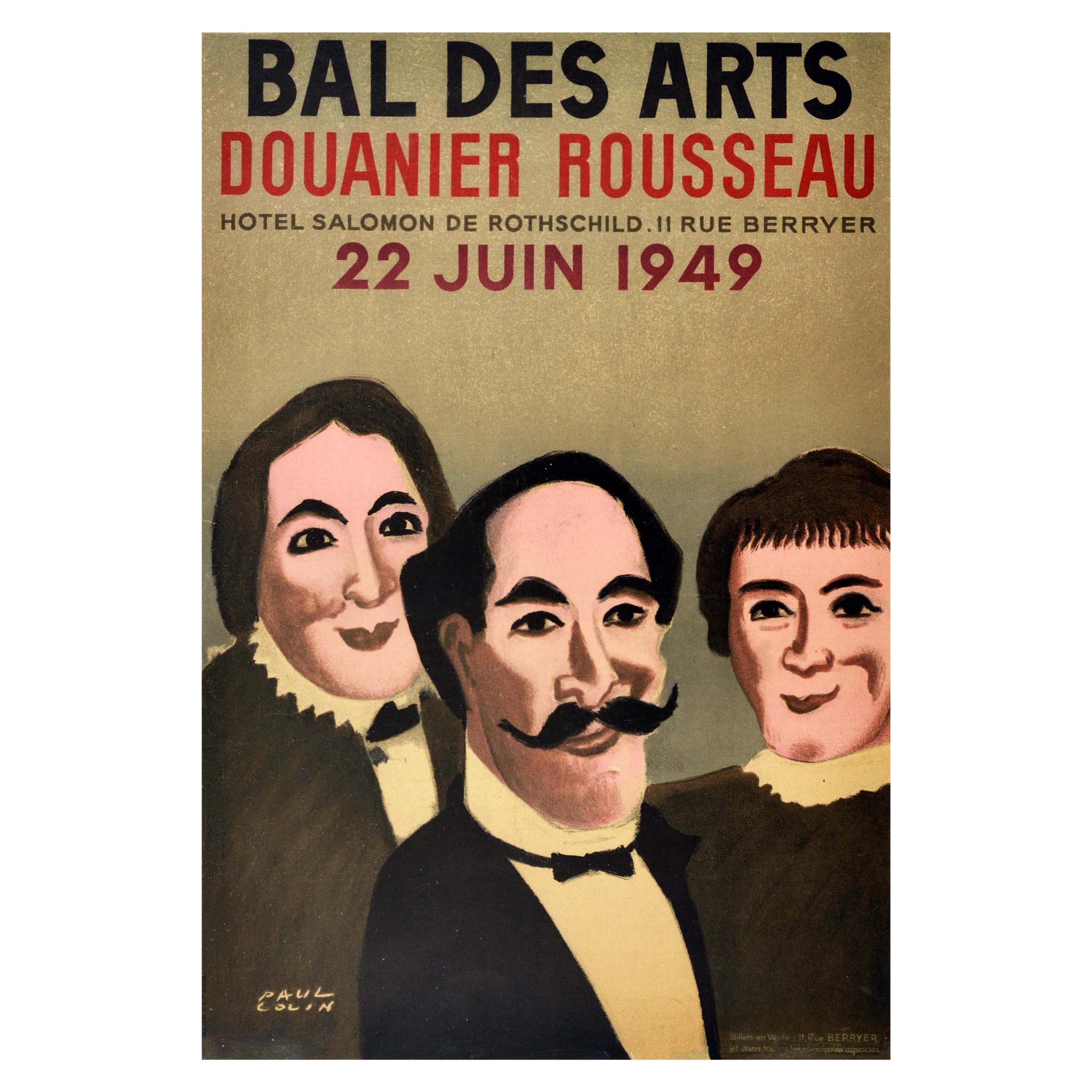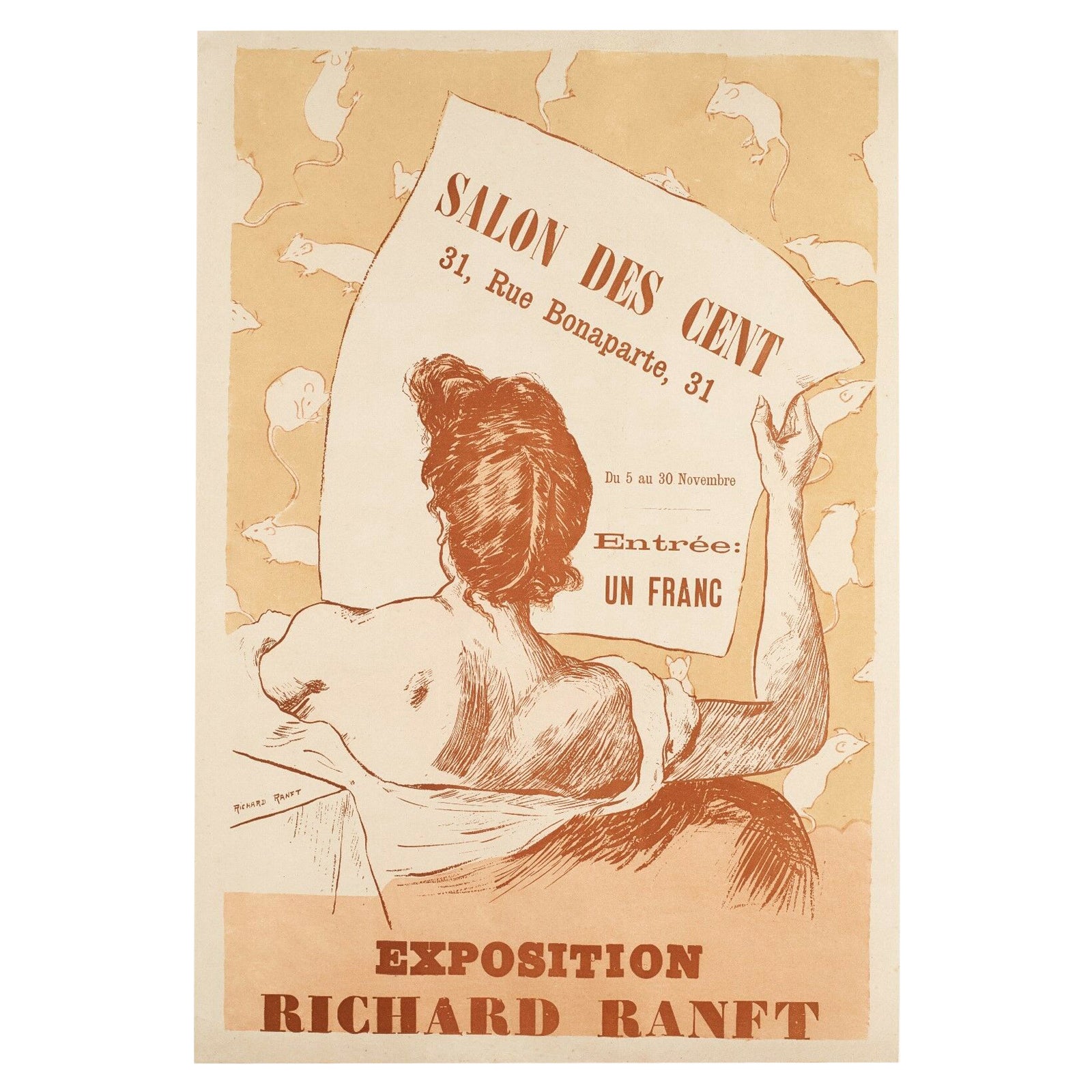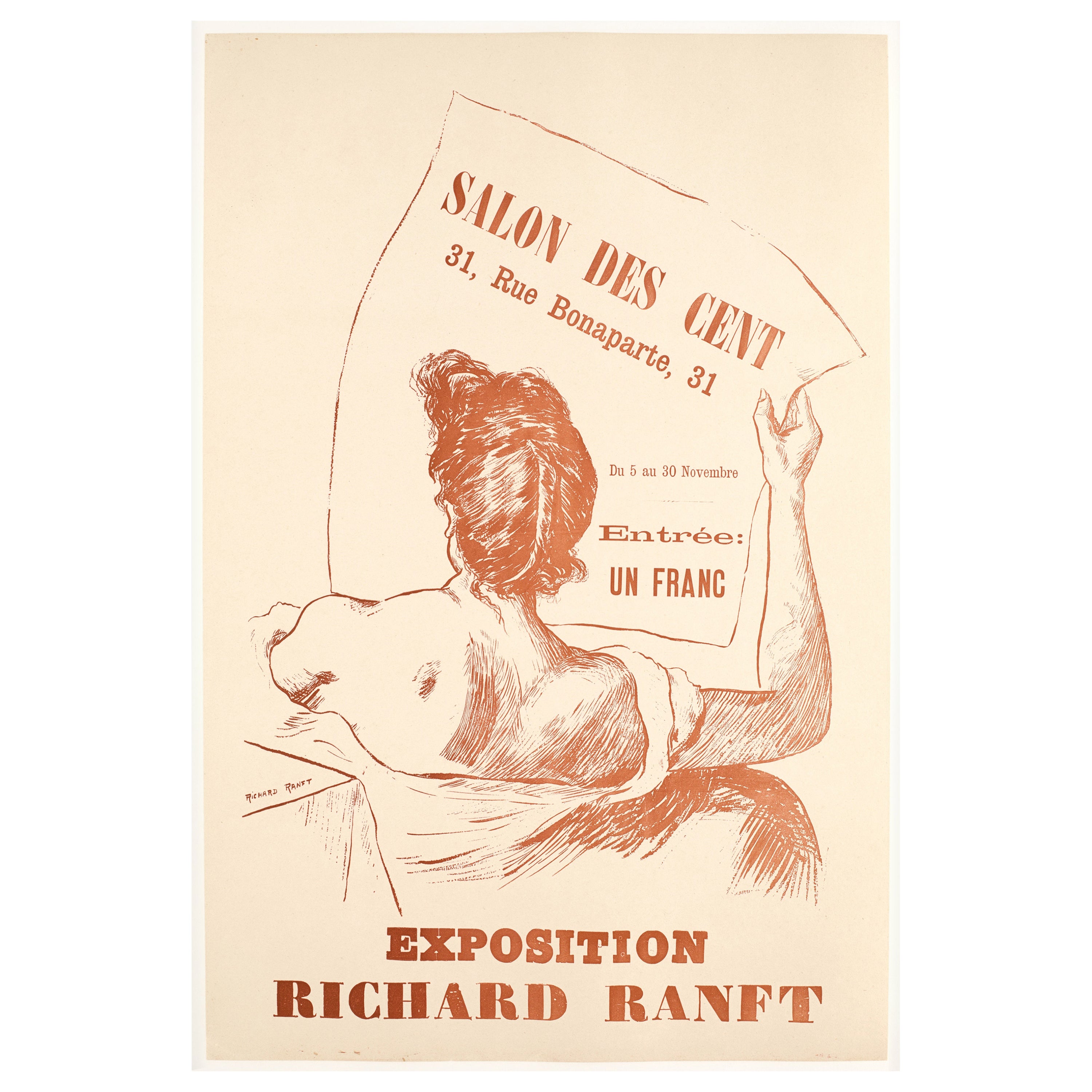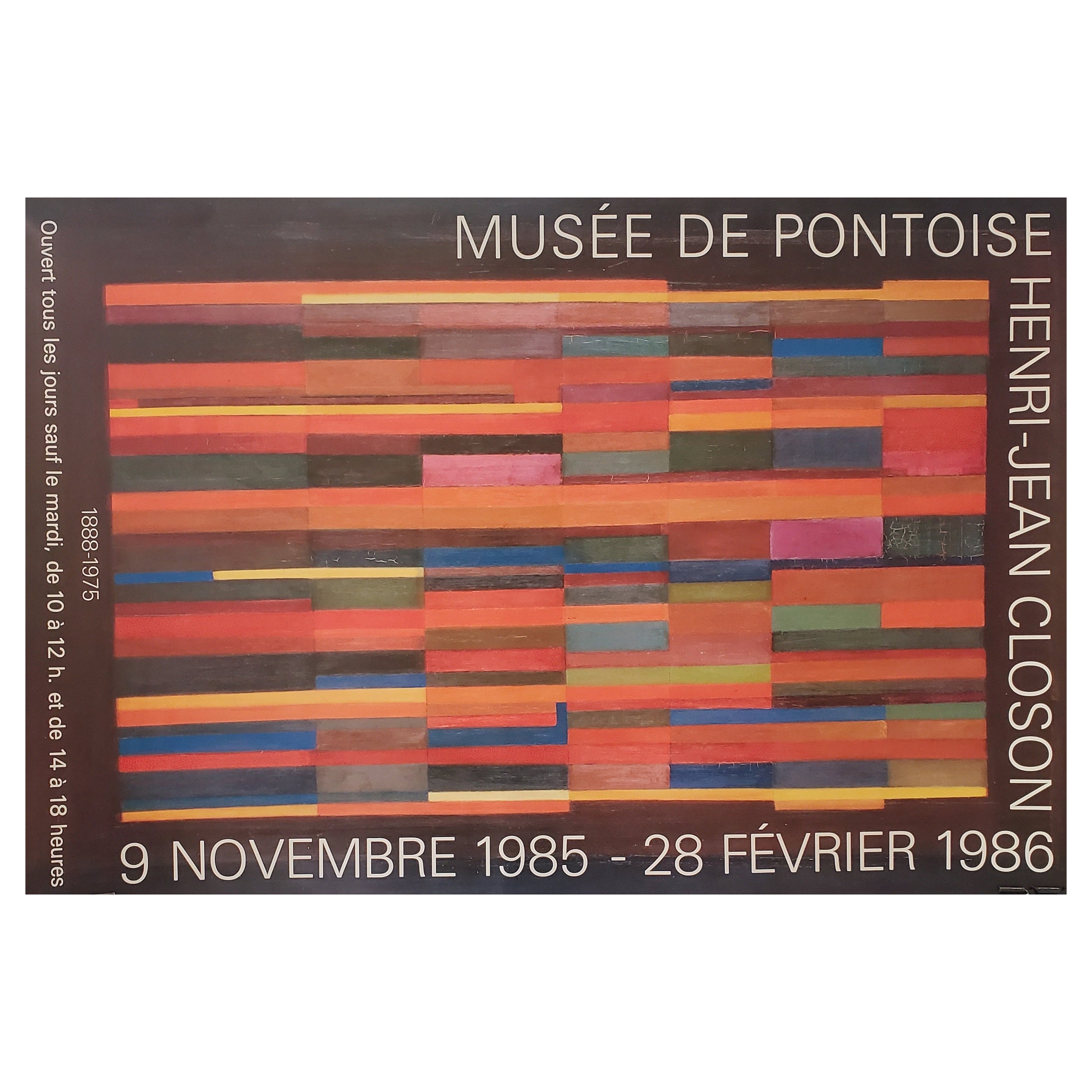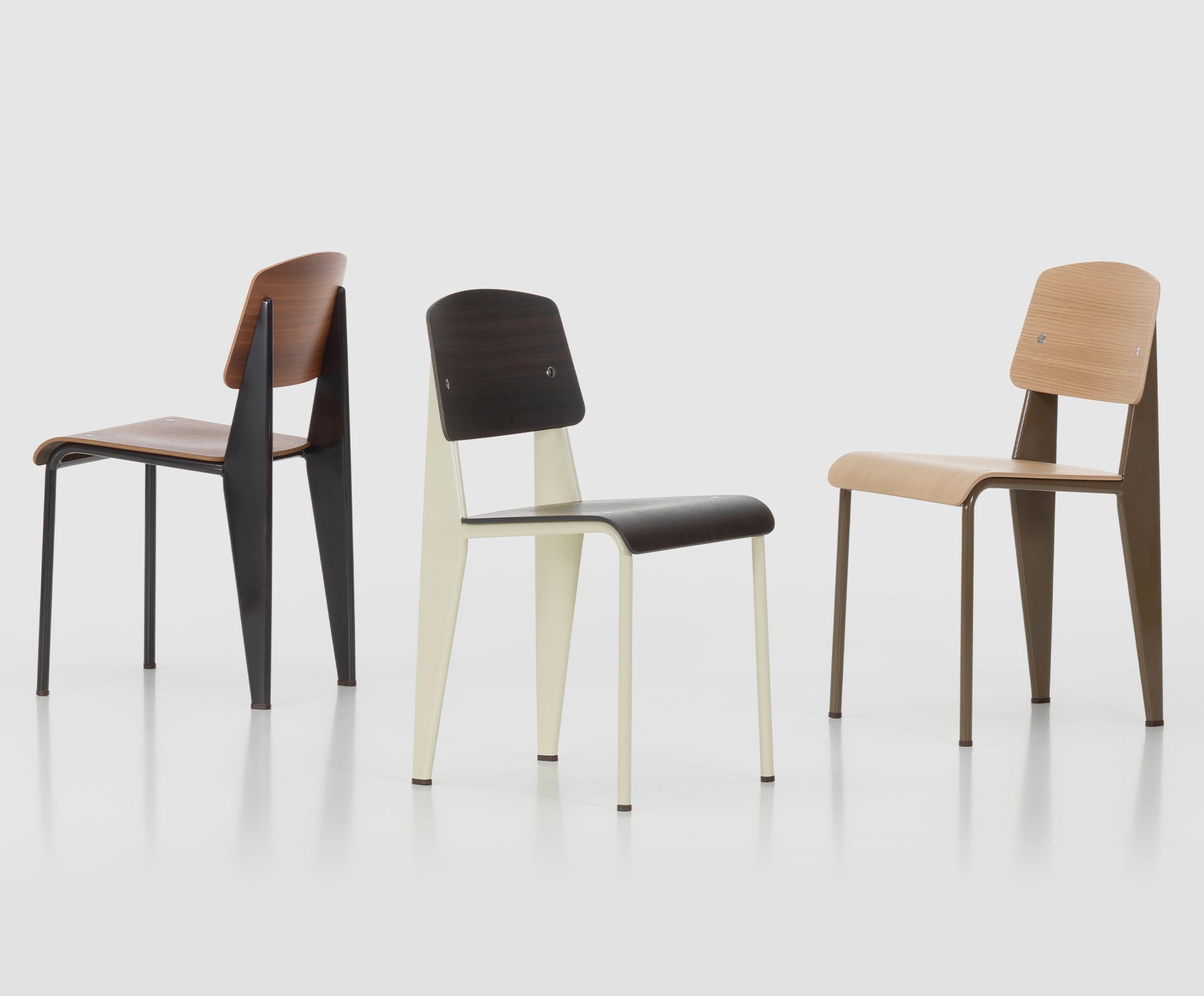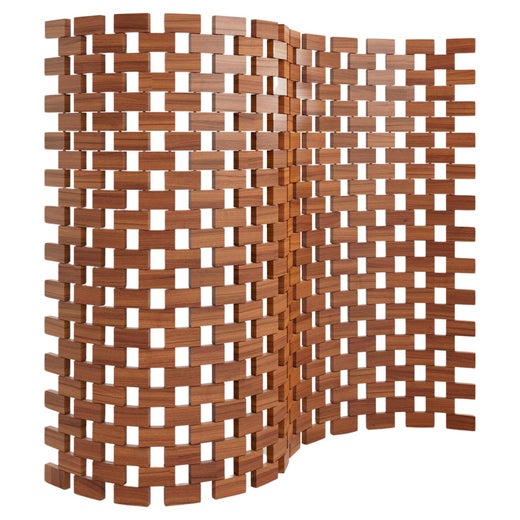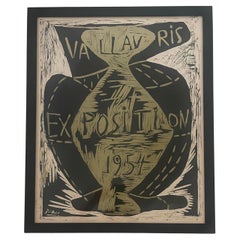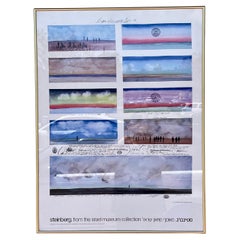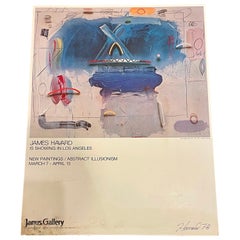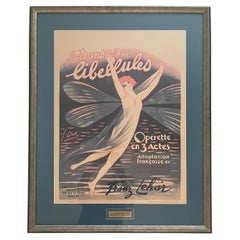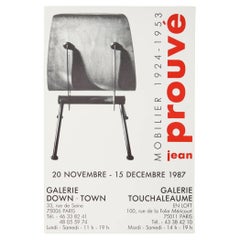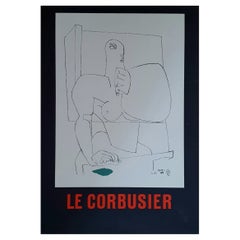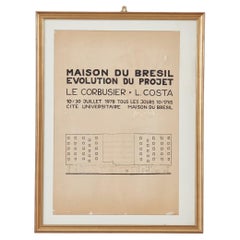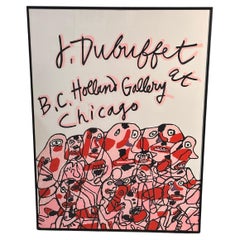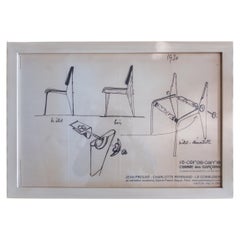
Jean Prouvé, Charlotte Perriand Le Corbusier Comme des Garçons Exhibition Poster
View Similar Items
Jean Prouvé, Charlotte Perriand Le Corbusier Comme des Garçons Exhibition Poster
About the Item
- Creator:Comme des Garçons (Manufacturer),Charlotte Perriand (Designer),Le Corbusier (Designer),Jean Prouvé (Designer)
- Design:
- Dimensions:Height: 16 in (40.64 cm)Width: 24 in (60.96 cm)Depth: 0.19 in (4.83 mm)
- Style:Mid-Century Modern (Of the Period)
- Materials and Techniques:
- Place of Origin:
- Period:
- Date of Manufacture:2005
- Condition:Wear consistent with age and use. Minor fading. Discoloration and folds.
- Seller Location:San Diego, CA
- Reference Number:1stDibs: LU936637699622
Standard Chair
Most people don’t contemplate how a chair was engineered before they sit in it — they simply trust that it will support them. But the overtly utilitarian Standard chair confronts potential sitters with its design, demonstrating in a forthright manner the engineering that renders it possible for a chair to bear weight.
For a traditional chair with four legs, such as the aptly titled Standard chair, it’s the back two legs that carry the most stress. Its designer, Jean Prouvé (1901–84) demonstrates this concept through the piece’s visually robust, fin-shaped rear legs and its slim, tubular steel front counterparts.
The largely self-taught French architect, born in Paris to visual artist Victor Prouvé and pianist Marie Duhamel, was surrounded by the arts from an early age: His parents’ social circle in his adopted hometown of Nancy included furniture designer Louis Majorelle and glass artist Emile Gallé. The elder Prouvé cofounded an artist collective called École de Nancy (“the Nancy School”), a group that championed a connection between art and industry. The younger Prouvé was highly influenced by the aesthetics and ideals of the collective.
Prouvé went on to study at the city’s school of fine arts as a teenager, served as an apprentice to a blacksmith and then joined a metal workshop in Paris. In 1923, he opened his own workshop, where he focused on wrought-iron elements such as railings and lamps but also dabbled in furniture design. He continued to explore a merging of art, industry and society in his work, and during the interwar period and throughout World War II, Prouvé turned his attention to social projects made possible by mass production, designing bicycles, stoves and affordable prefabricated structures that served as army barracks, housing for refugees and even vacation homes.
It was during this period in 1934 that Prouvé designed the Standard chair for the University of Nancy, using tubular and sheet steel for the legs and wood for the seat and backrest. He more often thought of himself as an engineer rather than an architect or designer — a sentiment shared by Le Corbusier, a client of Prouvé’s who regarded him as a constructeur, a “builder.” Le Corbusier was just one renowned architect who Prouvé worked with over the course of his career; he also collaborated with furniture makers Charlotte Perriand and Pierre Jeanneret as well as artist Alexander Calder, resolving design problems with straightforward solutions. Today the Standard chair is produced by Vitra.
Charlotte Perriand
A pioneer of modernism in France, Charlotte Perriand was one of the most influential figures in 20th-century design and architecture. In her long career, Perriand’s aesthetic grammar constantly evolved, moving from the tubular steel furniture of the Machine Age to a lyrical naturalism that is reflected in her enduring designs for chairs, sconces, daybeds and other works.
Perriand’s studies at the Ecole de L'Union Centrale de Arts Decoratifs left her enthralled by Charles-Édouard "Le Corbusier" Jeanneret and his vision of a new, rational architecture. In 1924, she joined his studio to design furniture along with Pierre Jeanneret, Corbu’s partner and cousin.
Together, they devised some of the finest examples of early modernist furniture, including two icons of the era: the B306 chaise — later renamed the LC4 — with its swooping frame and hide upholstery; and the chunky, steel-framed Grand Confort club chair. Both pieces were part of the LC line, which saw the trio of designers carrying out bold experiments with tubular chromed steel, just as architect and Bauhaus faculty member Marcel Breuer had executed with his cantilever Cesca chair around the same time. (Furniture created by Perriand, Le Corbusier and Pierre Jeanneret was originally produced by Austrian manufacturer Thonet but Italian firm Cassina acquired the production and sales rights to their works in 1964.)
Collaborative design produced another Perriand triumph: in the early 1950s, she and Jean Prouvé were engaged to produce desks, worktables and bookcases for the University of Paris. The bookcases — slim pine shelves with brightly painted aluminum dividers — are minimalist mid-century masterpieces.
By the end of that decade, Perriand’s aesthetic had changed completely from the earliest days of her career. She produced a series of furniture in ebonized wood: chairs with gentle S-curve legs, front and back; tables with elliptical tops. In the 1960s, Perriand pushed the boundaries of prefab to produce high-quality housing and furnishings at low cost for the French ski resort Les Arcs. She also adopted an almost rustic look at the time, designing simple chairs with dowel-cut frames and rush seats.
Everything in Perriand’s oeuvre is beautiful, whether it’s the centerpiece of a décor or an accent, and her work is in every great design collection, public and private.
The vintage Charlotte Perriand furniture for sale on 1stDibs includes stools, coffee tables, case pieces, lighting and more.
More From This Seller
View AllMid-20th Century French Mid-Century Modern Posters
Paper, Wood
20th Century Israeli Post-Modern Posters
Brass
20th Century North American Mid-Century Modern Posters
Paper
Early 20th Century French Posters
Paper
20th Century French Mid-Century Modern Posters
Paper
Mid-20th Century French Mid-Century Modern Posters
Paper
You May Also Like
Vintage 1980s French Mid-Century Modern Posters
Paper
Vintage 1980s Danish Posters
Paper
Vintage 1970s European Posters
Paper
Vintage 1970s American Mid-Century Modern Posters
Metal
Vintage 1960s French Mid-Century Modern Posters
Paper, Linen
Vintage 1970s French Posters
Paper
